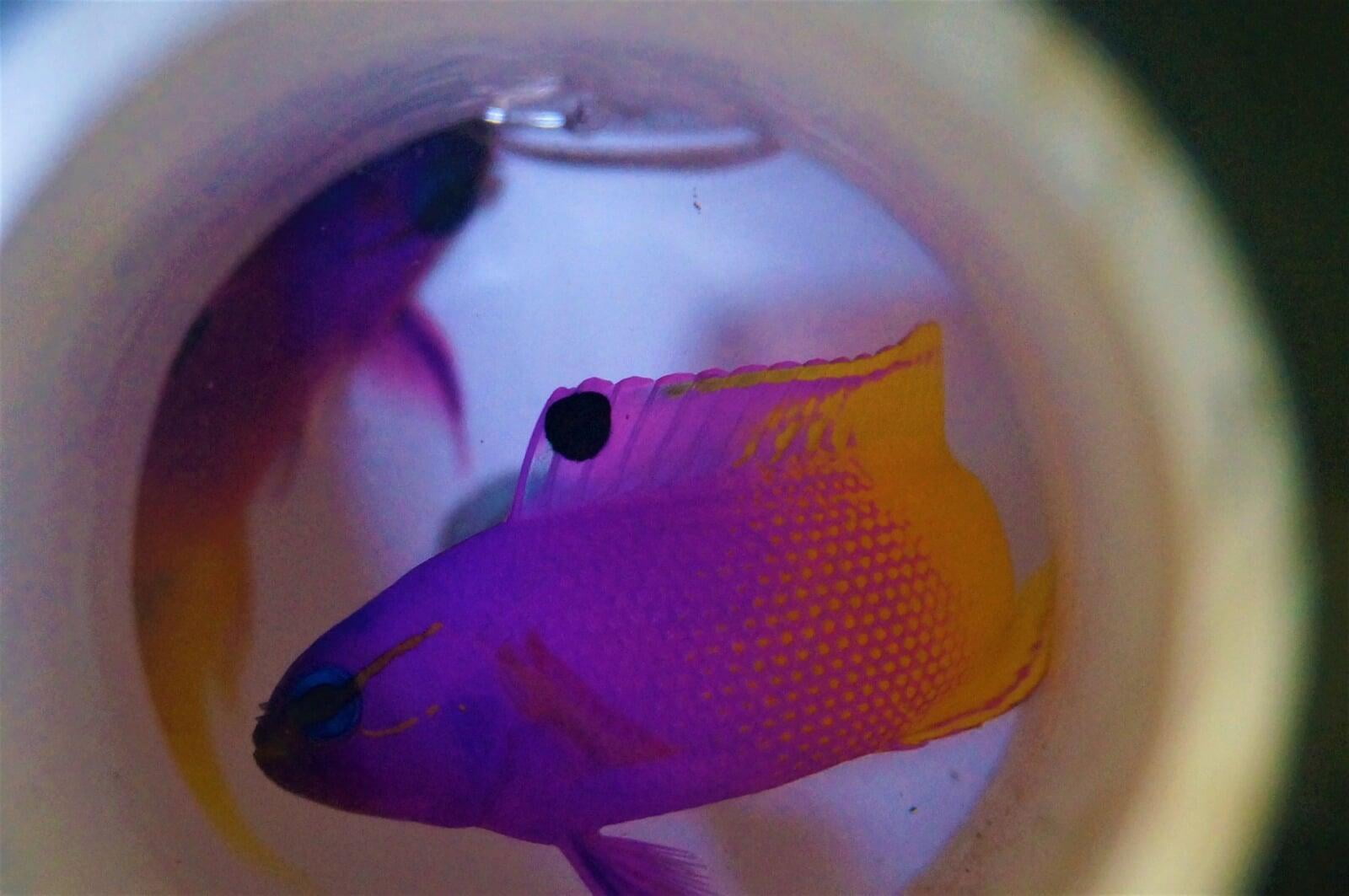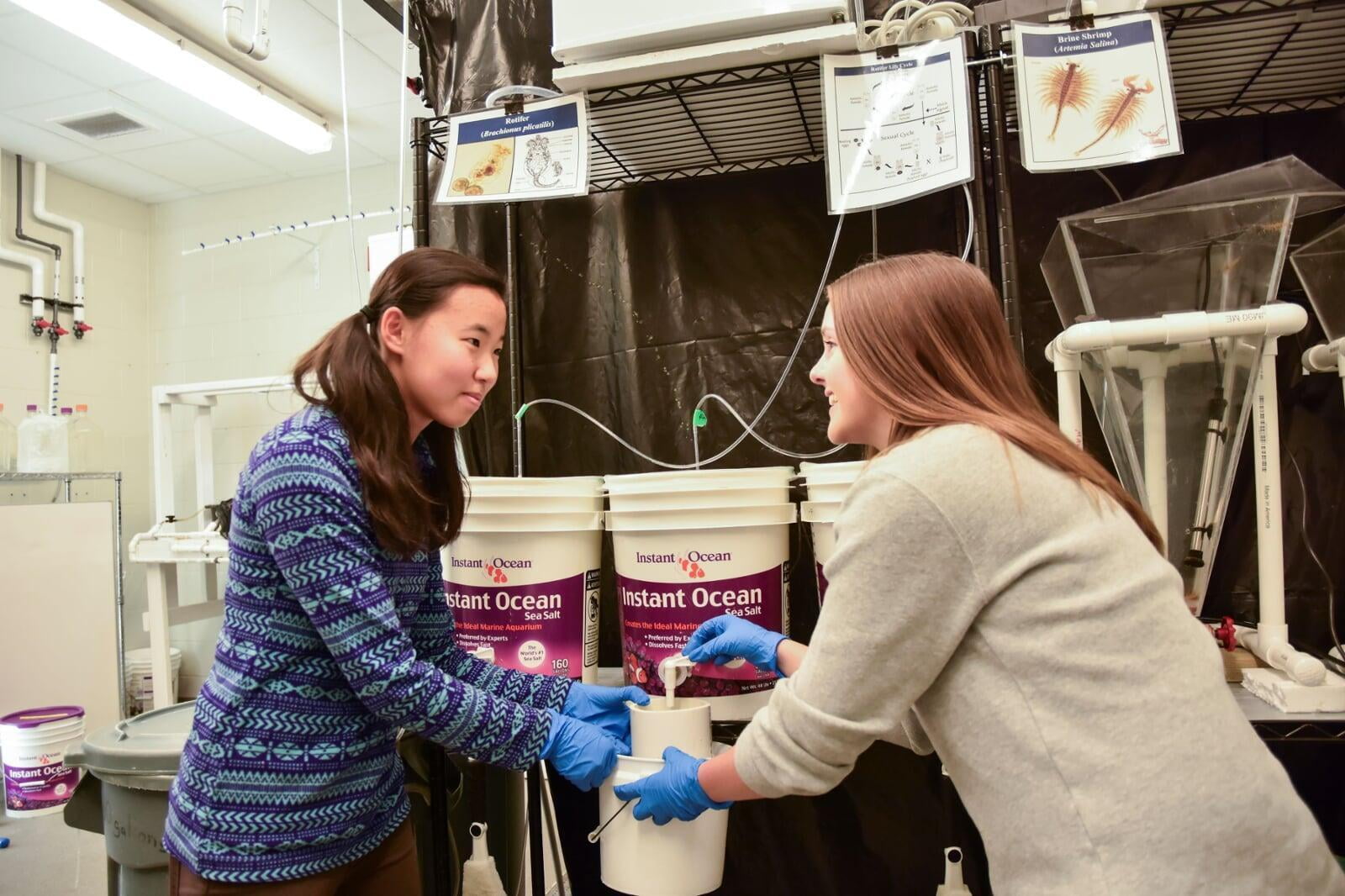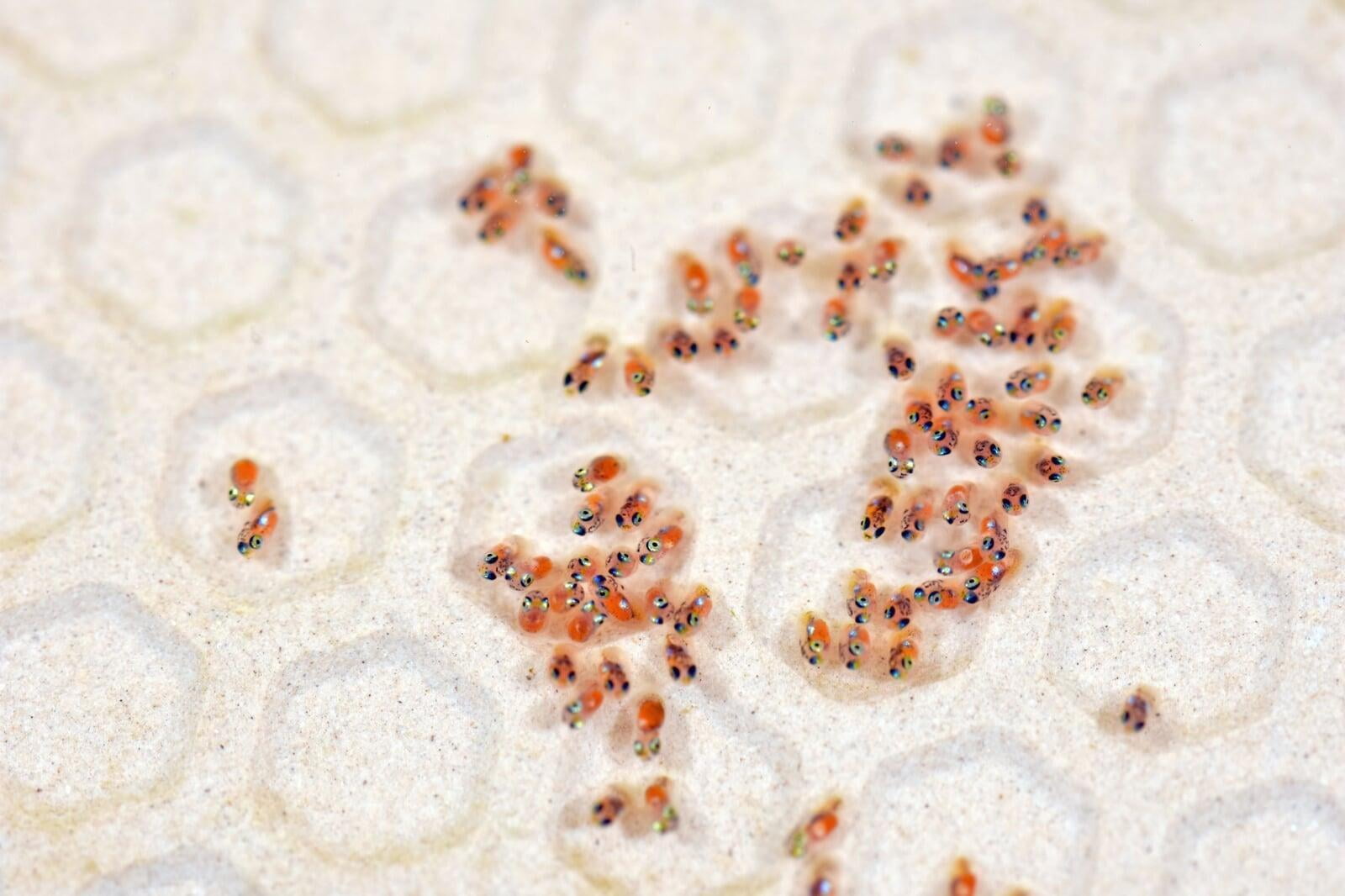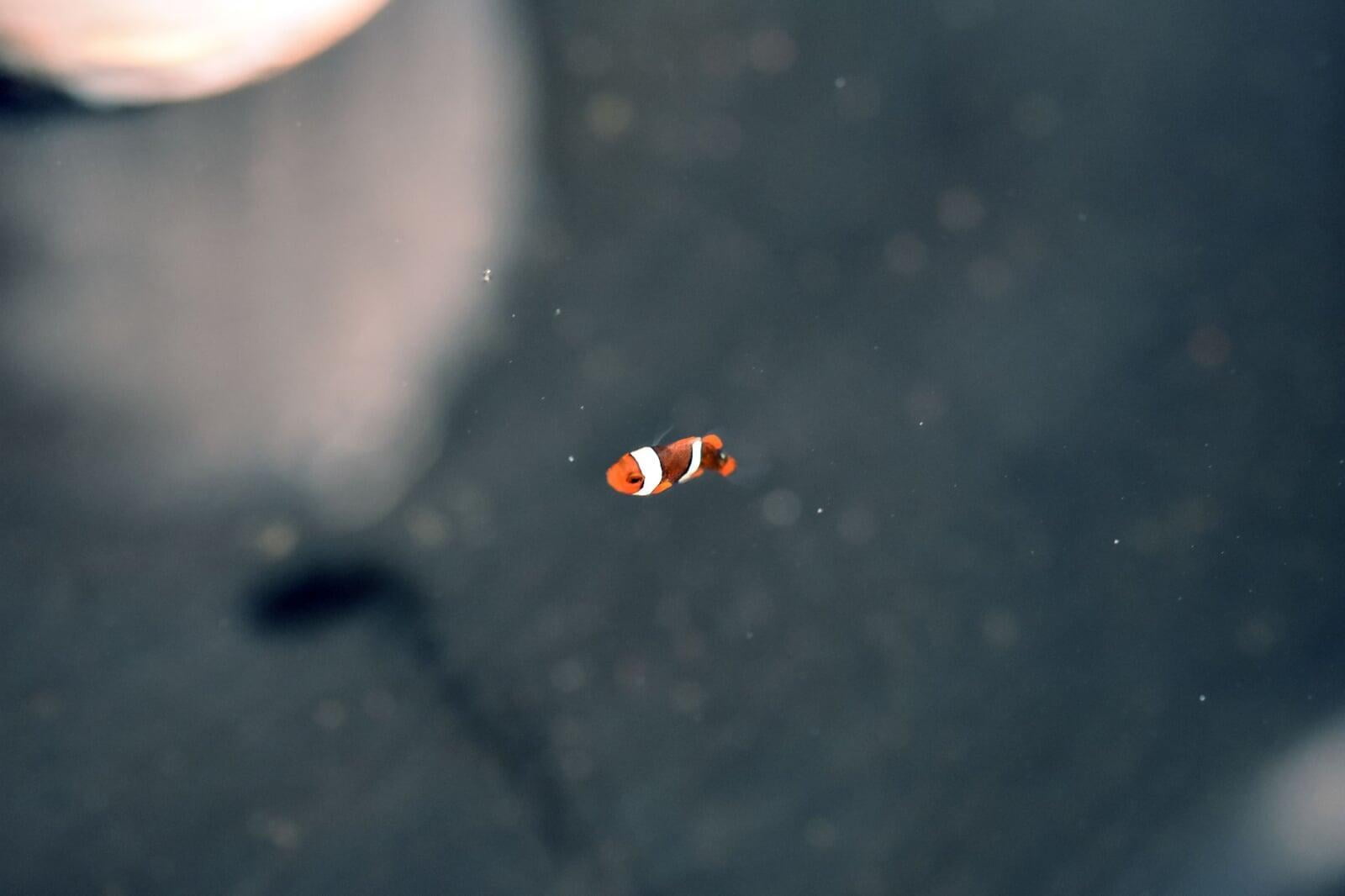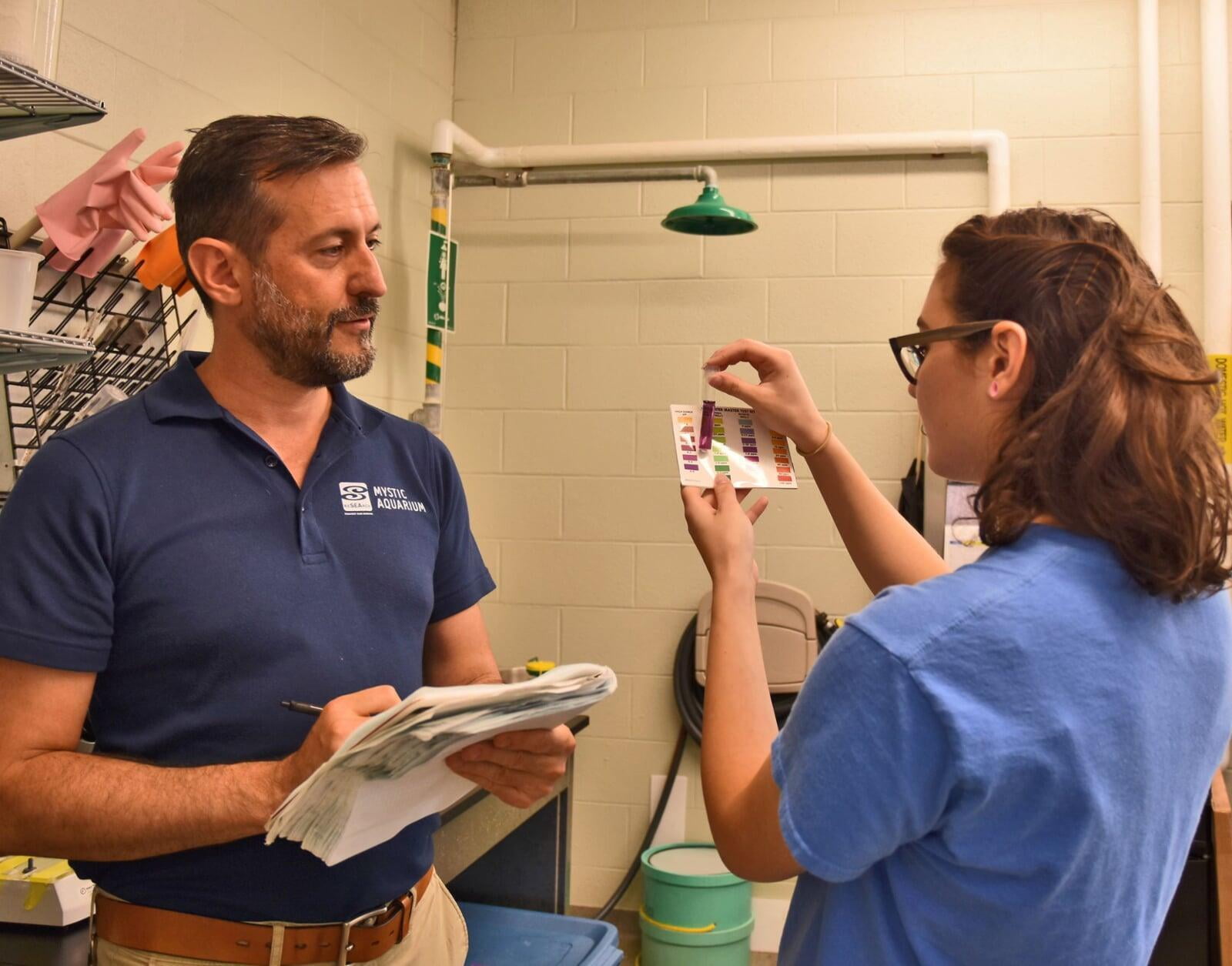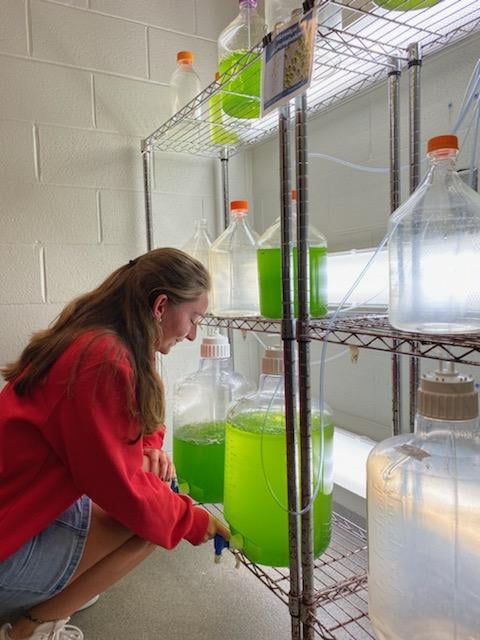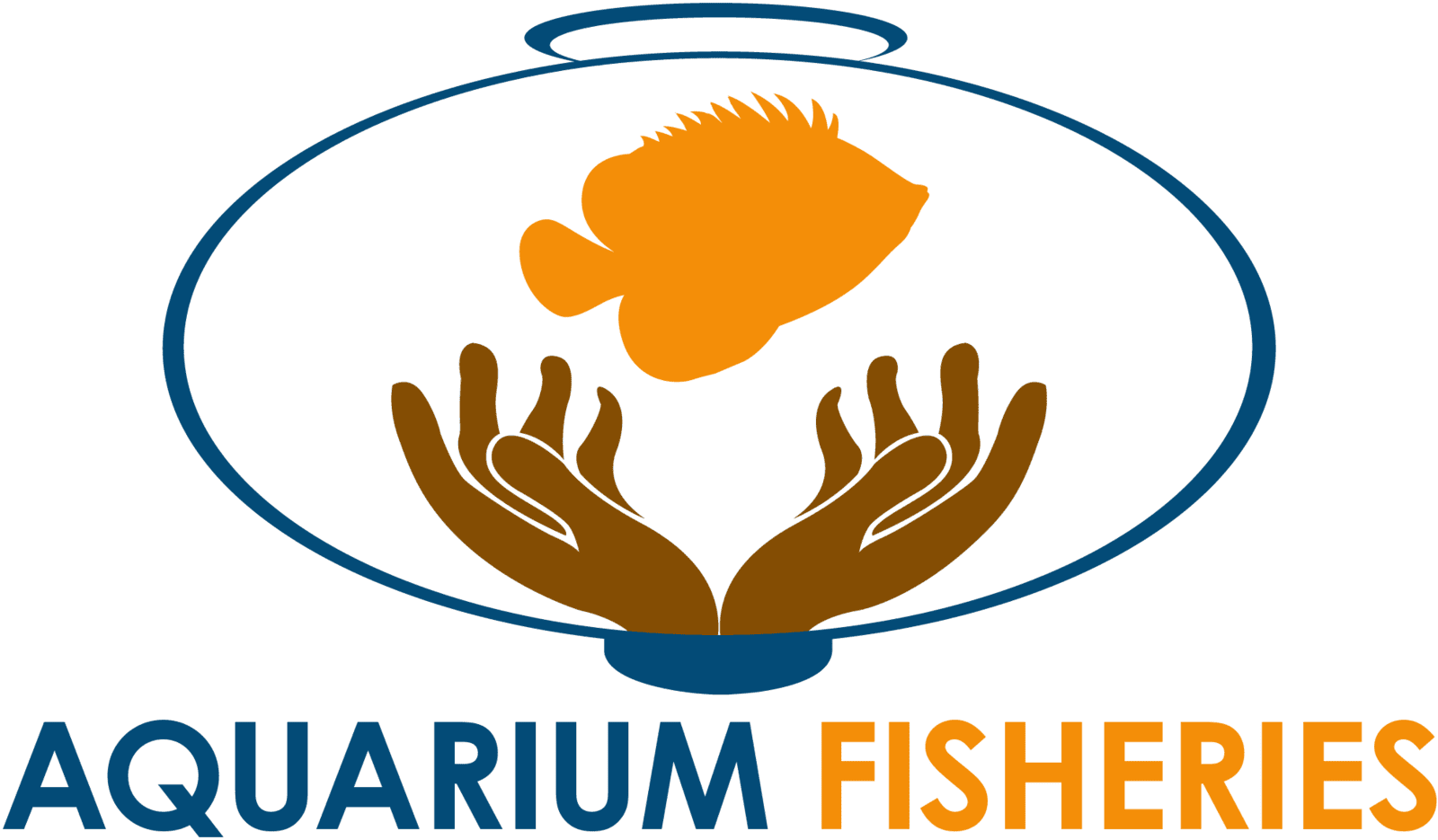Photo by R. Villaverde/Columbus Zoo & Aquarium
Aquarium Fisheries advances the State of the Art for the industry by recommending priority species to culture, and by developing protocols to be adopted by the industry.

Species Selection for Aquaculture R&D
We've got a lot of species to work on! Which ones do we pick next? Mystic Aquarium Scientists and Interns tackled this question through data analysis. Evaluating the most popular fish species imported into the U.S., they scoured the knowledgebase to learn about these species' market characteristics, aquaculture practicality, and conservation assessment. Then, they plugged these data into a Principal Components Analysis to help guide the industry to prioritize investment in species that are popular in the industry and do well in aquaria, are practical to aquaculture, and merit the effort due to their vulnerability to overfishing in the wild. Read our peer-reviewed paper in the journal Aquaculture.
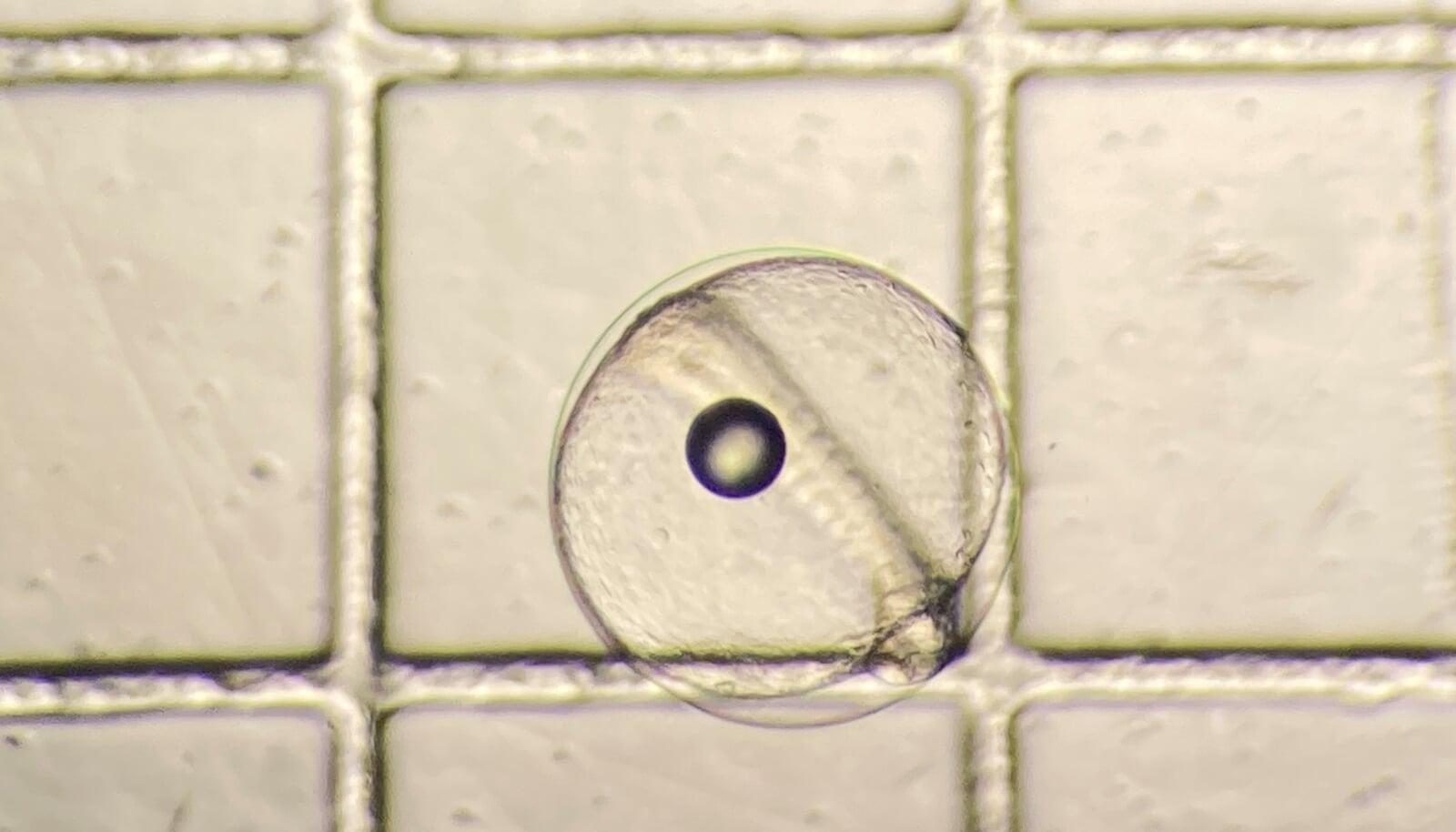
The Marine Fish Egg Catalog
Public aquarium exhibits have all the right ingredients to get fish in the mood: Lots of fish, abundant habitat, excellent diets and water quality. Some public aquaria and zoos have dedicated the talents of their aquarists to aquaculture eggs collected from their fishes mating on exhibit to provide an alternative supply to wild-caught fish. But whose egg is whose?
The public aquarium and zoo community has committed the resources and talents of their best and brightest to find out. The community collaborates to collect fish eggs from aquarium exhibits, photograph them, and submit egg samples for DNA barcoding.
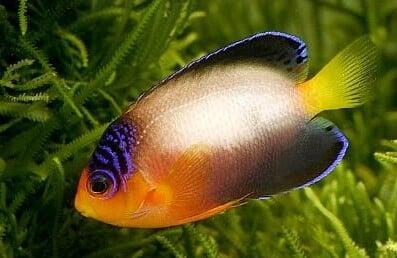
The Egg Catalog is comprised of marine aquarium fish eggs diligently collected, sampled, and photodocumented by the Aquarium of the Pacific, California Academy of Sciences, Columbus Zoo and Aquarium, DeJong Marinelife, Frost Science Museum, Georgia Aquarium, Mystic Aquarium, Mote Marine Aquarium, National Aquarium, New England Aquarium, the North Carolina Aquariums, Shedd Aquarium, and Texas State Aquarium, and Valencia Oceanographic. The Project is led by the New England Aquarium, Roger Williams University, the California Academy of Sciences, and Aquarium Fisheries. Funding for the project has been generously provided by the Association of Zoos and Aquariums Conservation Grants Fund and New England Aquarium.
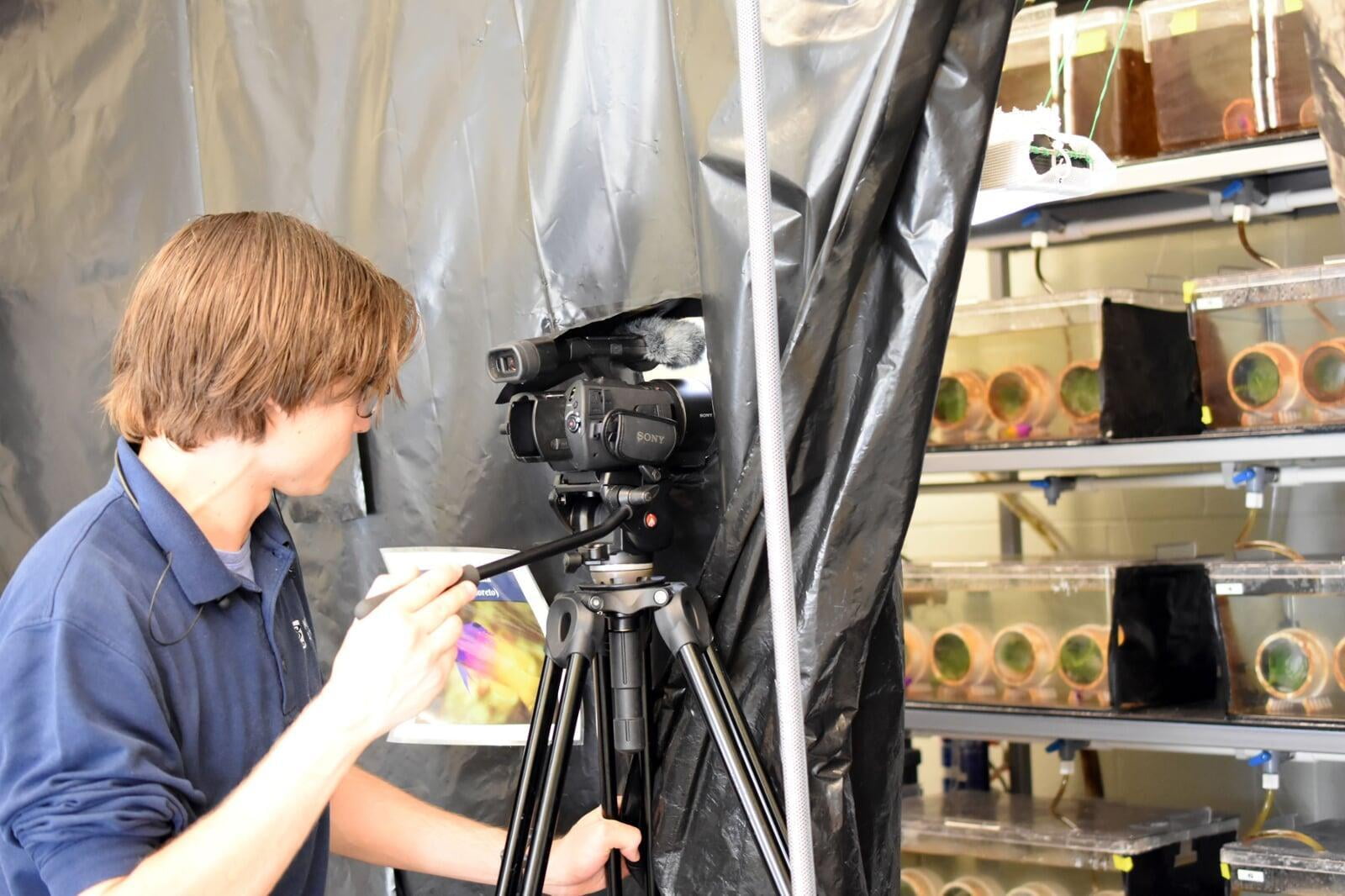
Our Legacy: The Joint Aquaculture Research Laboratory
The Joint Aquaculture Research Laboratory (2014-2020) was operated in partnership between Mystic Aquarium and the Marine Science Magnet High School. Its objectives were to research and develop marine aquarium fish aquaculture techniques for technology transfer to the industry, and to develop the next generation workforce in the marine aquarium industry (see Upgrade the Value Chain). The JARLab optimized Royal Gramma broodstock sex ratios for courtship and mating in small-scale aquaculture, and developed a protocol to assess fish feeds on aquaculture outcomes of broodstock condition and reproductive success. In the process, the JARLAb engaged numerous Mystic Aquarium college and post-baccalaureate interns and MSMHS students in the field of aquaculture science. Over the course of its work, the JARLab enjoyed the generous support of the National Science Foundation Research Experience for Undergraduates, Rising Tide Conservation, the Sea World/Busch Gardens Conservation Fund, Connecticut Sea Grant, Roger Williams University, New England Aquarium, and others.
